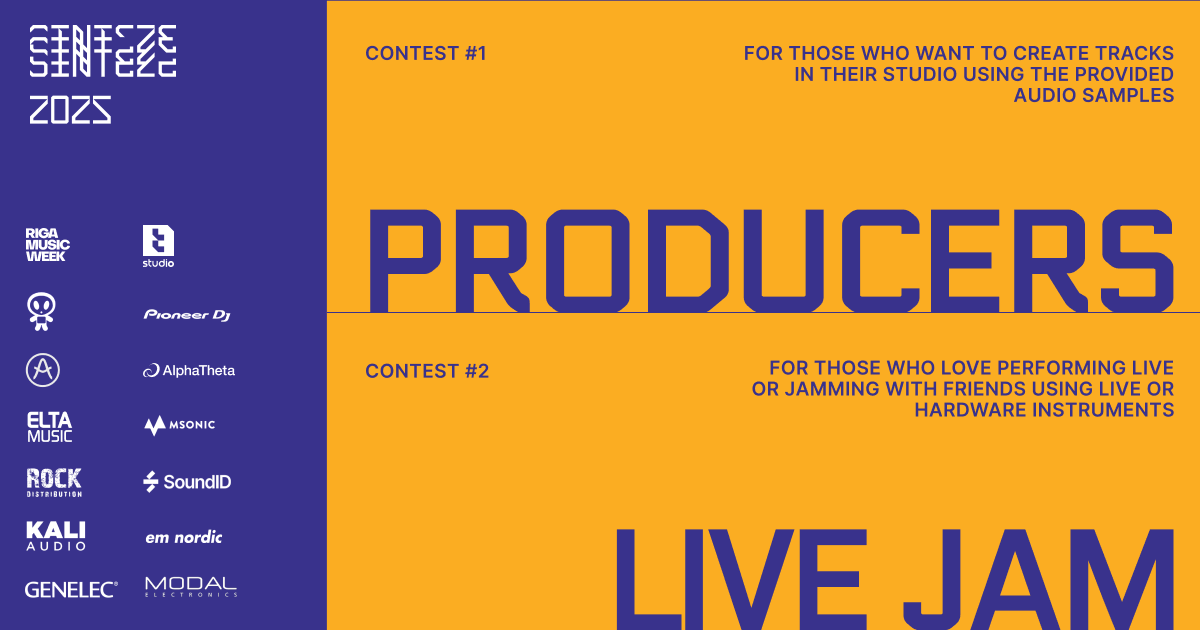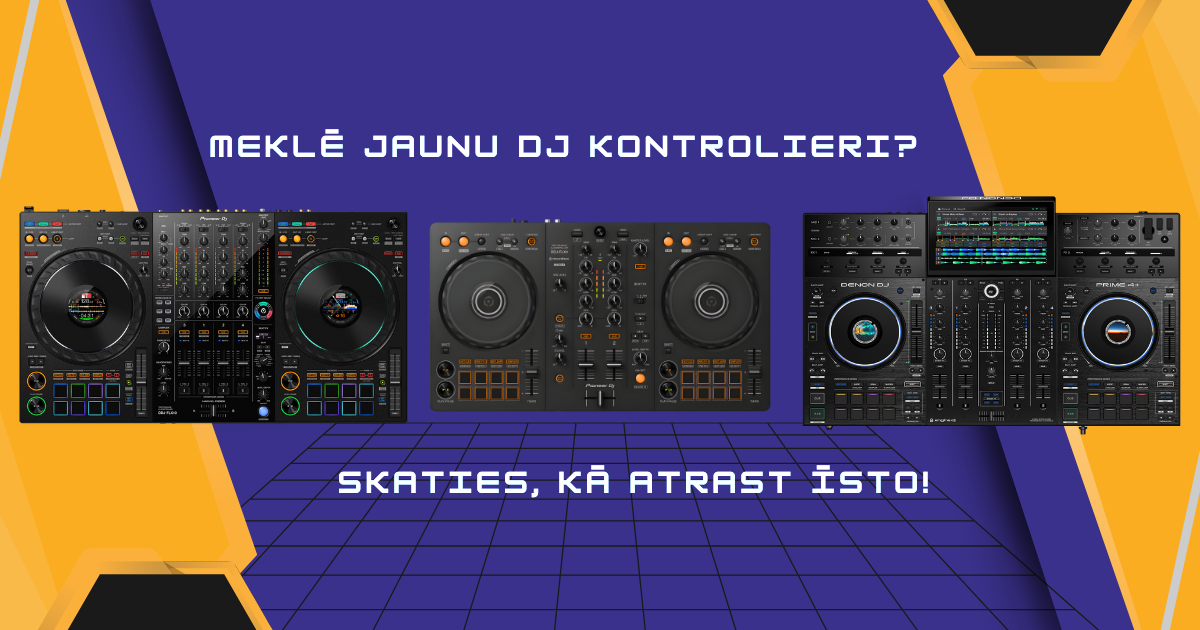
(Image credit: https://martinyammoller.com/tag/dawless/)
From synthesizers to drum machines — we offer various gear recommendations to help you begin your music-making journey without a computer.
Whether you want to create Acid-style basslines, complex rhythm patterns, or lush synth textures, DAWless workflow gives you full control over your sound. In this guide, we’ll introduce the best beginner-friendly hardware — from synthesizers and drum machines to sequencers, effects, and mixers — to dive into a new musical world.
1. Synthesizers – the foundation of sound
Synthesizers are the heart of any setup — the place where melodies, basslines, and background textures are born. With so many options, beginners may feel overwhelmed. There’s no need to worry — you don’t need a massive collection of gear to create a rich sound.
Mono vs. Poly: Mono synths play one note at a time, ideal for powerful bass or lead melodies and solos. Polyphonic synths can play multiple notes simultaneously — perfect for chords and textures.
Analog vs. Digital: Analog synths offer a warm, classic sound and tactile control, while digital synths provide versatility, easy patch switching/saving, and modern sound design possibilities. Beginners often benefit from combining both types.
Recommendations:
- Mono: Korg Monologue, Arturia MicroFreak
- Poly: Novation MiniNova, Korg Minilogue
- Digital: Elektron Model:Cycles, Novation Circuit Tracks
💡 Tip: It’s best to start with one synthesizer and explore it fully. Mastering a single instrument gives you a strong foundation and helps you understand other gear in the future.
2. Drum machines – the core of rhythm creation
Drum machines give your tracks groove, structure, and energy. In any arrangement, drums dictate the dynamics the most. Beginners should start with something intuitive, fun, and flexible enough to grow with their skills.
Drum control is crucial, as even a simple rhythm can completely transform melody and harmony, refreshing how the listener perceives the track.
Recommendations:
- Roland Aira TR-8 — iconic dance music sounds with an intuitive interface
- Arturia DrumBrute Impact — very easy to understand, with knobs for every parameter for immediate control
- Elektron Model:Samples — compact, great sound, built-in sequencer, and ability to load your own samples
💡 Tip: Avoid the temptation to use multiple drum machines without a strong reason — focus on squeezing the maximum out of one. This makes live performance transitions much easier.
3. Sequencers – the brain of your setup
If synths and drum machines are your instruments, think of sequencers as the conductor of your DAWless orchestra. A sequencer lets you control the timing, rhythm, and note patterns of all other devices from one place — allowing evolving melodies and rhythms across multiple machines in parallel.
A good sequencer sparks ideas, encourages experimentation, and makes live performance smoother. Many sequencers also let you store patterns in memory, easing stage stress by giving you reliable anchor points during your performance.
Recommendations:
- Korg SQ1 — 2 tracks, CV/5-DIN MIDI/USB MIDI support
- Novation Circuit — not just a sequencer, but also a synthesizer
- Arturia BeatStep Pro — ideal for modular and standalone setups, letting one MIDI device control everything else
💡 Tip: Many drum machines already include a sequencer capable of sending MIDI notes — a great example is Elektron Model:Samples and Model:Cycles — meaning you might not need a separate device at all!
4. Effects – adding depth and character
Effects give your tracks space, texture, and personality. Reverb, delay, or modulation can turn simple rhythms into immersive soundscapes.
Let’s be real — dry samples sound quite plain, and professional musicians bring their music to life using various effects. Effects not only make the sound more pleasant but can be used creatively to build atmosphere.
Great starting effects:
- Zoom MS-70CDR+ — multi-effects unit
- Erica Synths Wow and Flutter — delay pedal
- Electro-Harmonix Big Muff — distortion pedal
💡 Tip: Multiple devices with different audio connections can be sent through a single effects pedal or mixer with FX send — you don’t need a separate reverb pedal for every piece of gear.
5. Mixer – connecting everything
Even in a fully DAWless setup, you’ll need to connect your instruments and record your music. Mixers and audio interfaces manage signals, balance levels, and — similar to a DJ — let you control the entire arrangement.
This is important because a mixer or interface ensures your synths, drum machines, and effects operate together smoothly — making sure no instrument is noticeably louder than another.
Recommendations:
- Mackie Mix8 — budget-friendly 8-channel mixer (6 in, 2 out)
- Zoom H4 Essential — 32-bit recording to SD card, 1x stereo or 2x mono
- Zoom L-6 — not only connects instruments but also records multitrack sessions
💡 Tip: If you want control over everything in one device, consider the Boss RC-505mk2 Looper. It offers lots of I/O, built-in effects, works as an audio interface, and is perfect for capturing ideas.
Additional accessories
- USB hubs & cable organizers – keep your workspace clean
- Pad controllers & foot pedals – great for extended control
- Audio/MIDI/power cables – once you start performing, safely multiply your estimate by x2
- A good, spacious backpack – for safe transport of gear
- Dust covers – protect gear from dust and damage while traveling
In conclusion
The DAWless approach may seem intimidating at first, but it’s one of the most practical ways to make music. Start small, focus on mastering one device at a time, and let your setup grow with your skills and creative ideas. With the right synths, drum machines, sequencers, effects, and a simple mixer or interface, you’ll have everything you need to explore new sounds, experiment freely, and bring your music to life — without ever touching a computer.


